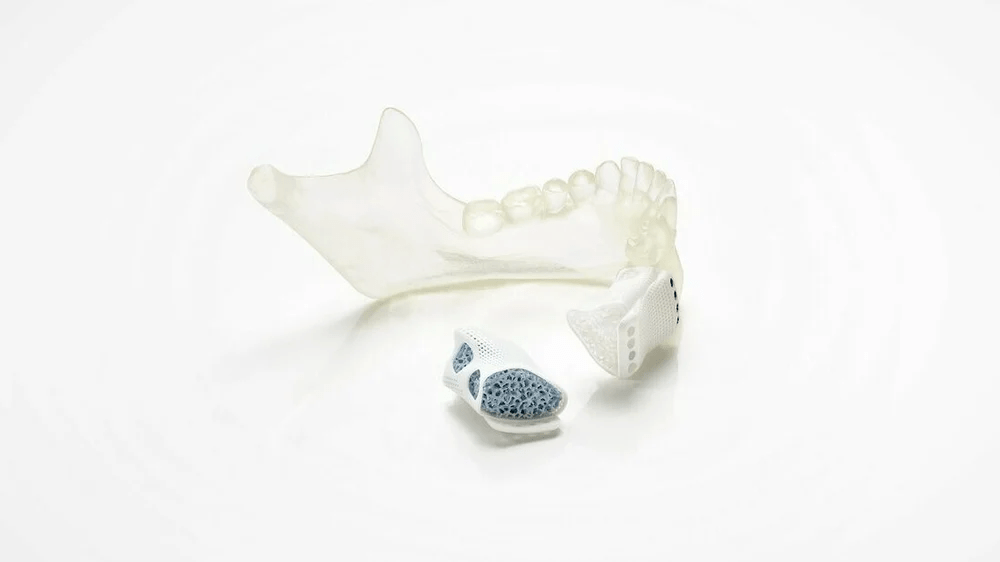3D Printing Advanced Ceramics
The vat photopolymerization of ceramic materials is a big topic. Read on to learn more about it and its applications.
Additive manufacturing is gaining ground as a convenient way to make customized advanced ceramic parts, and it’s also less expensive and opens new doors to increasing design freedom.
Advanced ceramic materials are known for their outstanding properties, such as high-temperature resistance, hardness, chemical inertia, higher wear resistance than metal and plastic, and also for usually having electrical and thermal insulation. These materials are incorporated into industrial designs when demanding conditions require a material that is robust and reliable. The thermal, electrical, and biocompatible properties of technical ceramic materials allow them to be used in a variety of sensors and mechanical seals in the automotive industry, bone implants and dentures in the medical industry, and heat shields for space satellites, among others.
However, conventional ceramic fabrication methods are usually related to costly molds, which makes it unfeasible to manufacture ceramic parts on a small scale. On the other hand, ceramic additive manufacturing can overcome this obstacle by providing customized ceramic components at a lower cost and reduced lead times. In addition, functionality optimization requires higher complexity in parts and components, and 3D printing ceramics offers greater flexibility than traditional methods and can produce shapes not possible before.
In this article, we’ll look at different applications of ceramic vat photopolymerization and the different stages of the process, as well as certain considerations. But first, let’s get into the context.

An overview of stereolithography
Ceramic additive manufacturing can be performed by several technologies such as binder jetting, direct ink writing, and selective laser sintering. However, all of these technologies aren’t suitable to produce dense parts, thus their applications are quite restricted. On the other hand, vat photopolymerization is the most mature additive manufacturing technology for ceramics, being able to produce dense structural parts.
In this context, ceramic vat photopolymerization stands out for being able to produce high-performance parts with excellent resolution and surface quality. According to ISO/ASTM 52900:2015, vat photopolymerization is an “additive manufacturing process in which liquid photopolymer in a vat is selectively cured by light-activated polymerization”, such as the well-known DLP or SLA processes used by resin 3D printers.
Although this process may be divided according to how the light pattern is formed to create each layer or by light source, this article won’t distinguish between types of vat photopolymerization, since all can be used in the manufacture of ceramics.
Raw material, equipment, and post-processing, however, present challenges in the 3D printing of ceramic pieces with vat photopolymerization processes. Let’s go deeper into applications, though, before jumping into the processing.

Applications
Ceramic vat photopolymerization allows for the fabrication of customized ceramic components with increased geometric freedom and lower cost. Thus, products that would be unfeasible by other manufacturing methods have become a reality, and a number of areas have benefited from the technique. The following are a few of them.